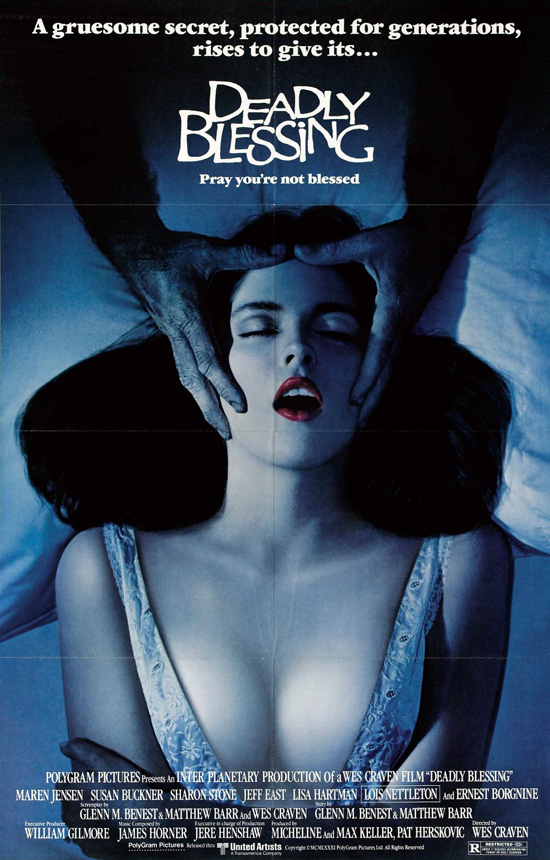Search This Blog
About FILMS: going, criticism, craft, festivals, etc, by Mr. Whiplash (aka Jack Gattanella).
Posts
Showing posts from October 25, 2015
Spooktacular Savings #27 & Papa Mike's Video #12: Wes Craven's DEADLY BLESSING
- Get link
- X
- Other Apps
Spooktacular Savings #25/26: Val Lewton Block: THE LEOPARD MAN & THE SEVENTH VICTIM
- Get link
- X
- Other Apps
Spooktacular Savings #24 & Papa Mike's Video #11: DEAD OF NIGHT (1945)
- Get link
- X
- Other Apps
Spooktacular Savings #23: John Carpenter's HALLOWEEN (revisited)
- Get link
- X
- Other Apps
Spooktacular Savings #21/22: THE FLY and RETURN OF THE FLY
- Get link
- X
- Other Apps
Spooktacular Savings #20 & Madadayo, Used DVD's! #9: The Duplass' BAGHEAD
- Get link
- X
- Other Apps





